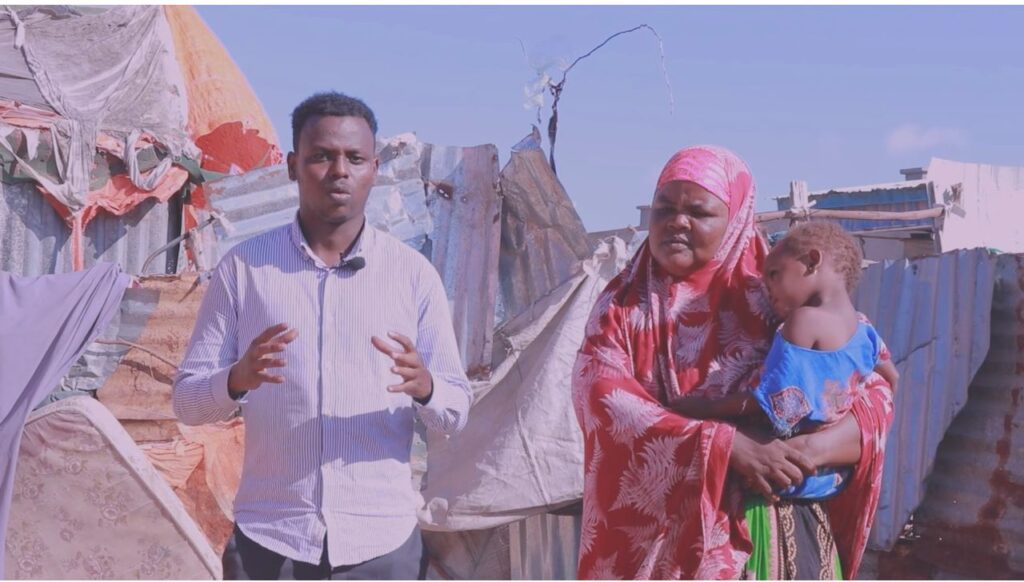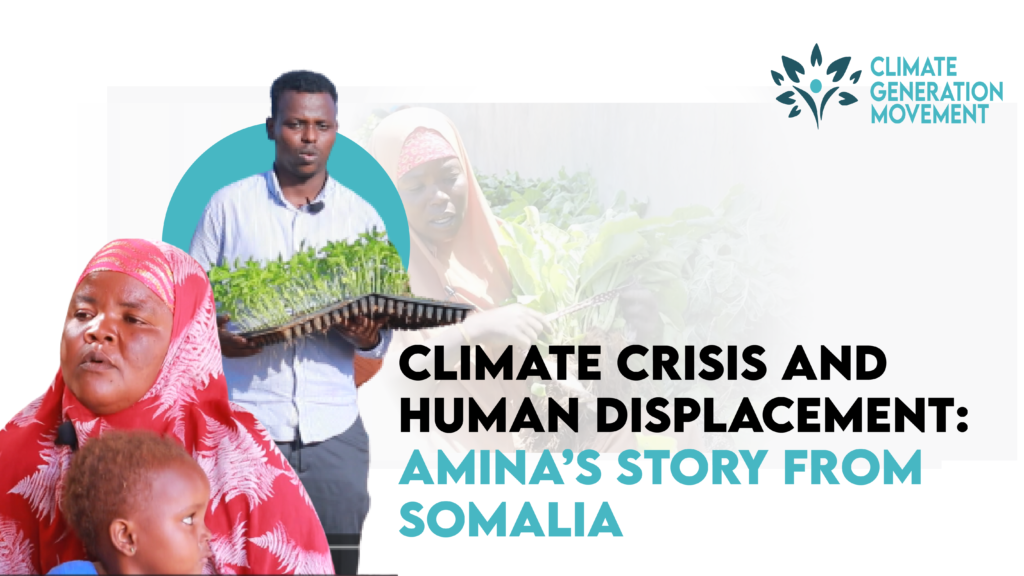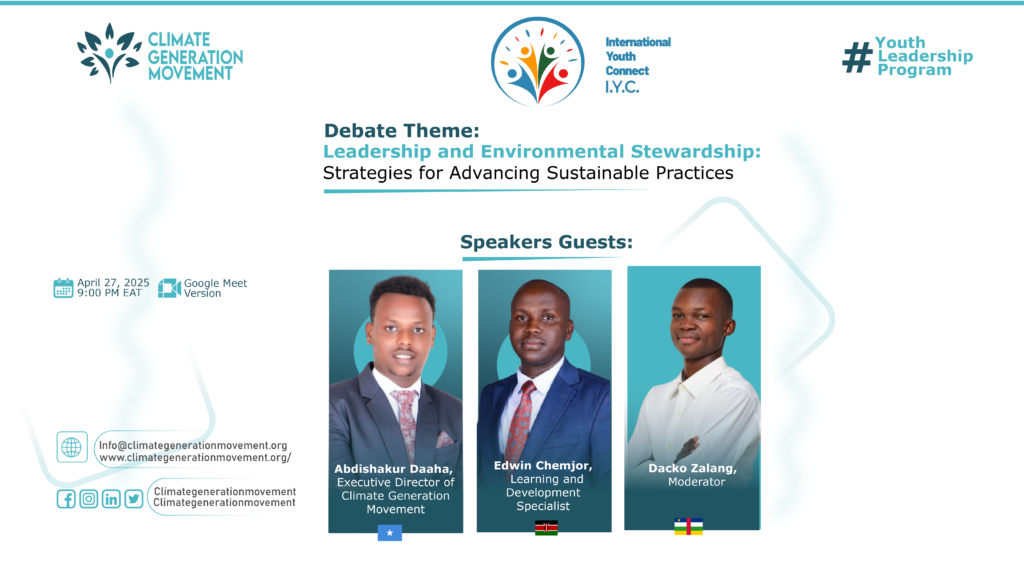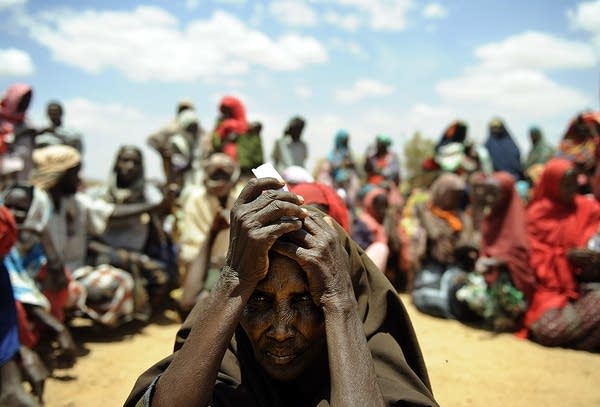By Abdishakur Abdirahman Mohamud (Daaha)
Aamina is a 30-year-old woman who wasn’t born in Mogadishu, but hardship forced her to seek refuge there. This city is now where she tries to survive, alongside thousands of others displaced after droughts devastated their farms and killed their livestock, the very resources their lives depended on.
Yesterday, Aamina was a farmer working her own land and tending to her animals. Today, she has neither food nor water. Worse still, she lives in a makeshift shelter of plastic sheets and sticks, exposed to rain, wind, and the harsh sun. Her struggle is invisible to most; no one truly understands the depth of her suffering.
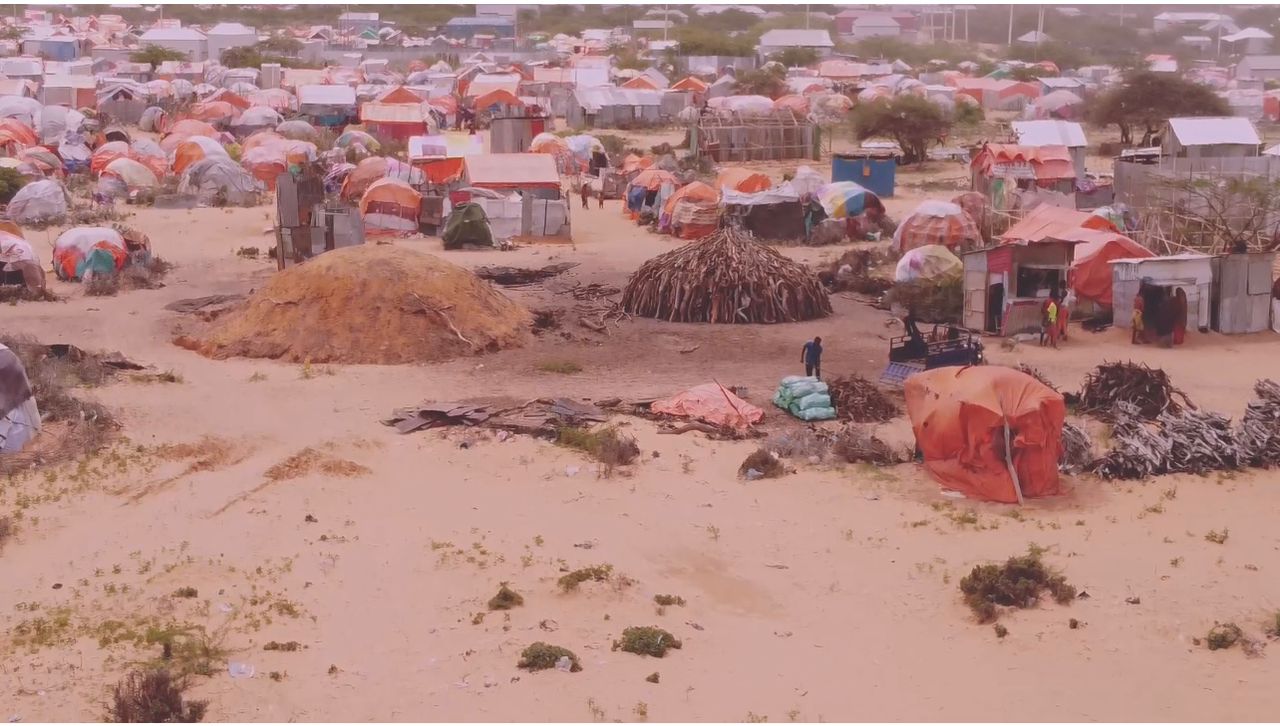
“We don’t have enough food or water,” Aamina says quietly. “We don’t have mattresses to sleep on. Some of us are sick and need medical care.”
Somalia is a country ravaged by both drought and conflict, pushing millions from their homes. The displaced are mostly women and children, who often lack access to education or work opportunities to rebuild their lives.
“Once, we were farmers who worked our land,” Aamina reflects bitterly. “But now, droughts have taken our livestock I’ve lost so many goats myself. I have no work and no one to rely on.”
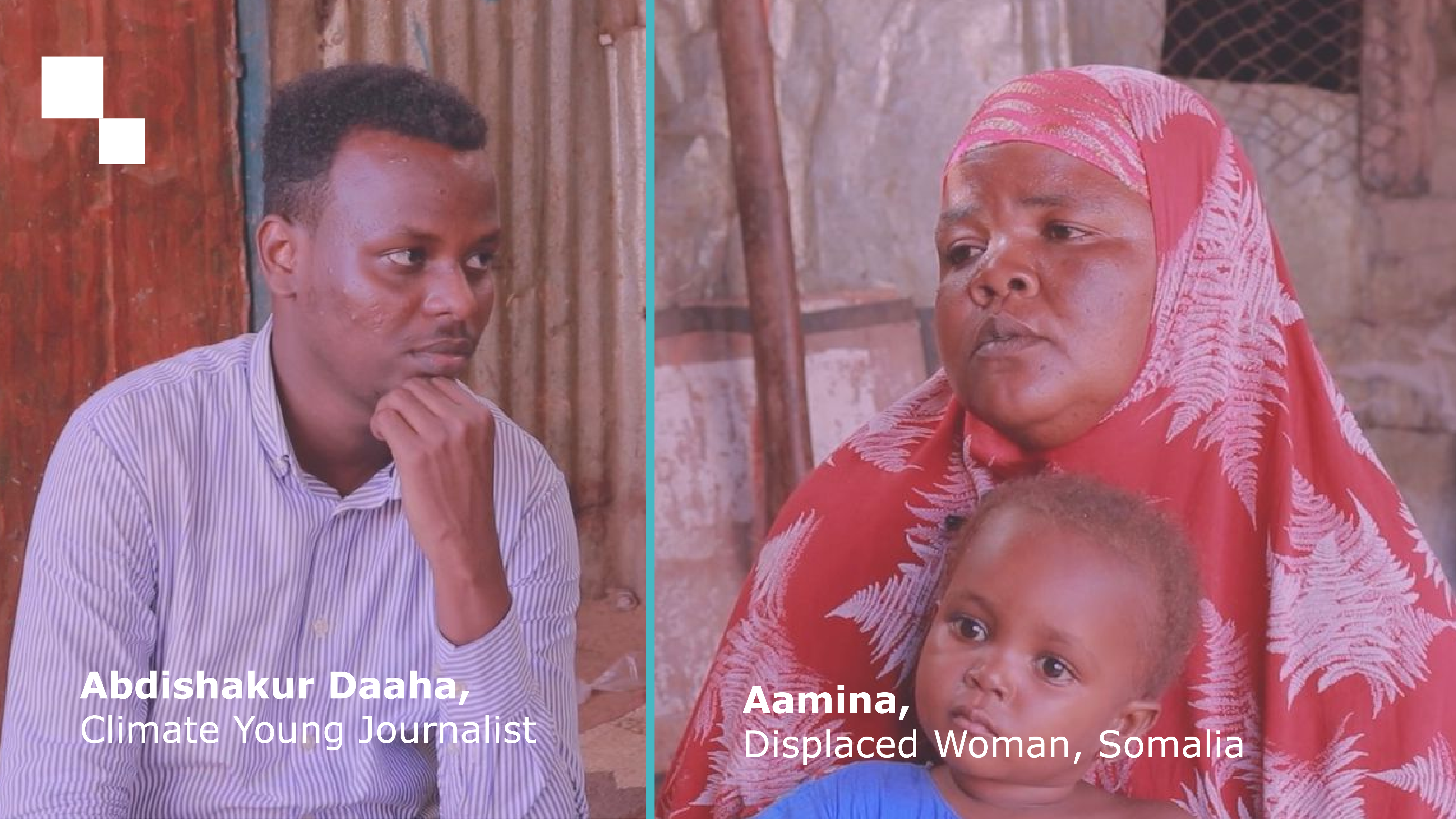
To understand her pain, one must remember Somalia’s long years of instability. The collapse of the Somali government led to decades of lawlessness, civil war, and environmental destruction: deforestation, charcoal burning, climate change, floods, and recurring droughts. These environmental crises only worsened Somalia’s humanitarian emergency. Both people and animals are facing starvation, displacement, and death. This has driven a relentless wave of displaced families into Somalia’s major cities, seeking survival.
“I’ve witnessed many droughts in my life,” Aamina says softly. “I watched the fields I depended on vanish. Now I have no source of income, no skills to sustain me.”
According to Reliefweb, Somalia’s internal displacement numbers reached a record high in early 2023 over one million people were forced to flee their homes. Most now live in camps outside urban centers, without access to basic services like healthcare, education, or clean water.
Mr. Hassan Mowliid, a climate change expert, explains: “Somalia is among the most vulnerable nations to climate change. We see dwindling resources, widespread hunger, and shrinking grazing lands. This triggers competition over what little remains causing social, economic, and political tensions, leading to conflict, child recruitment into armed groups, and mass displacement as people search for a better life.”
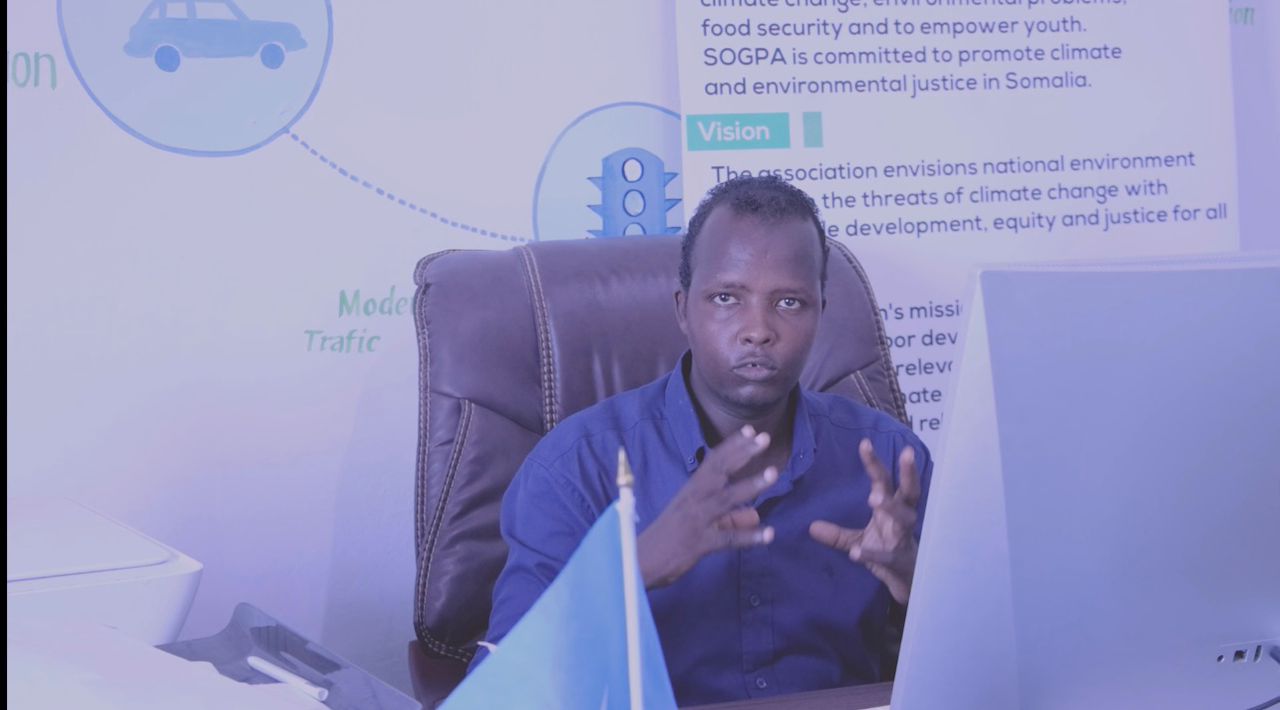
The displaced people like Aamina, who once fought just to feed their families are now trapped in an even deeper struggle: seeking employment and skills to rebuild their lives. Yet, not all hope is lost.
In one of Mogadishu’s many camps, a new opportunity is emerging. Hundreds of displaced women in Dayniile District are learning modern farming techniques and technologies. They’re receiving free training, plots of land, and access to water wells, helping them grow crops that can support their daily needs.
“I was once a farmer,” says one woman benefiting from the program. “I fled drought and came here to Dayniile. Now I’m learning modern farming for free. I sell my produce in the market and can support myself, alhamdulillah.”

Some who completed this training now run their own small businesses, selling tomatoes, cucumbers, and green peppers—recovering from the disasters that once stole everything from them. But for every success story, thousands remain trapped.
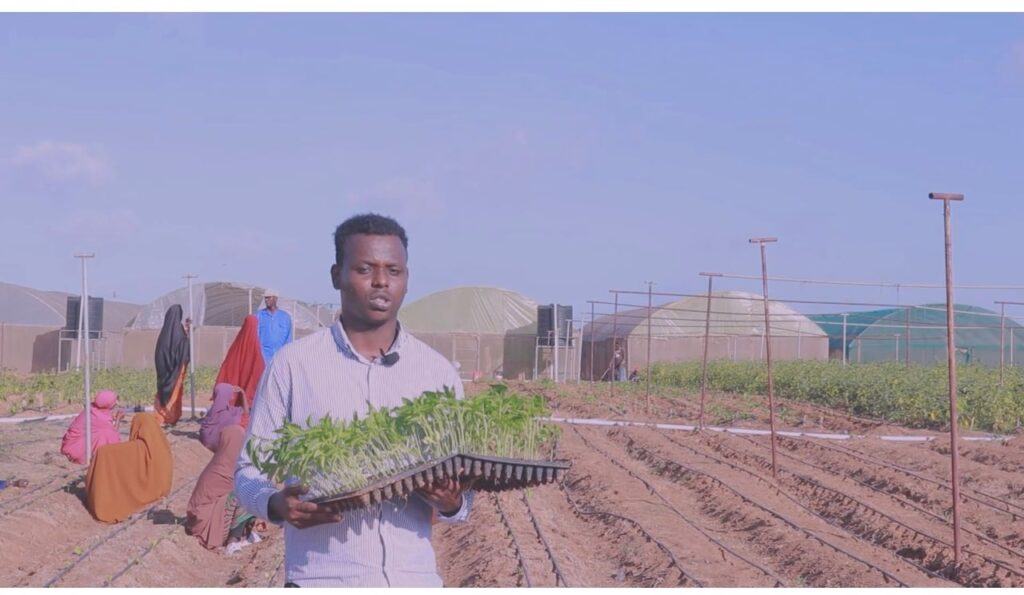
Aamina and millions like her continue to face hunger, displacement, and despair. “I have nothing left,” Aamina admits. “We just wish we could return to our homes, to raise our Livestock and farm our land once again.”
It’s true: people like Aamina urgently need resettlement. Whether through returning to their original lands or receiving sustainable support where they are now, they must be provided with basic services, economic opportunities, and skills training to rebuild their futures. Only then can they recover from the droughts and conflicts that shattered their lives and adapt to the harsh realities of a changing climate.
